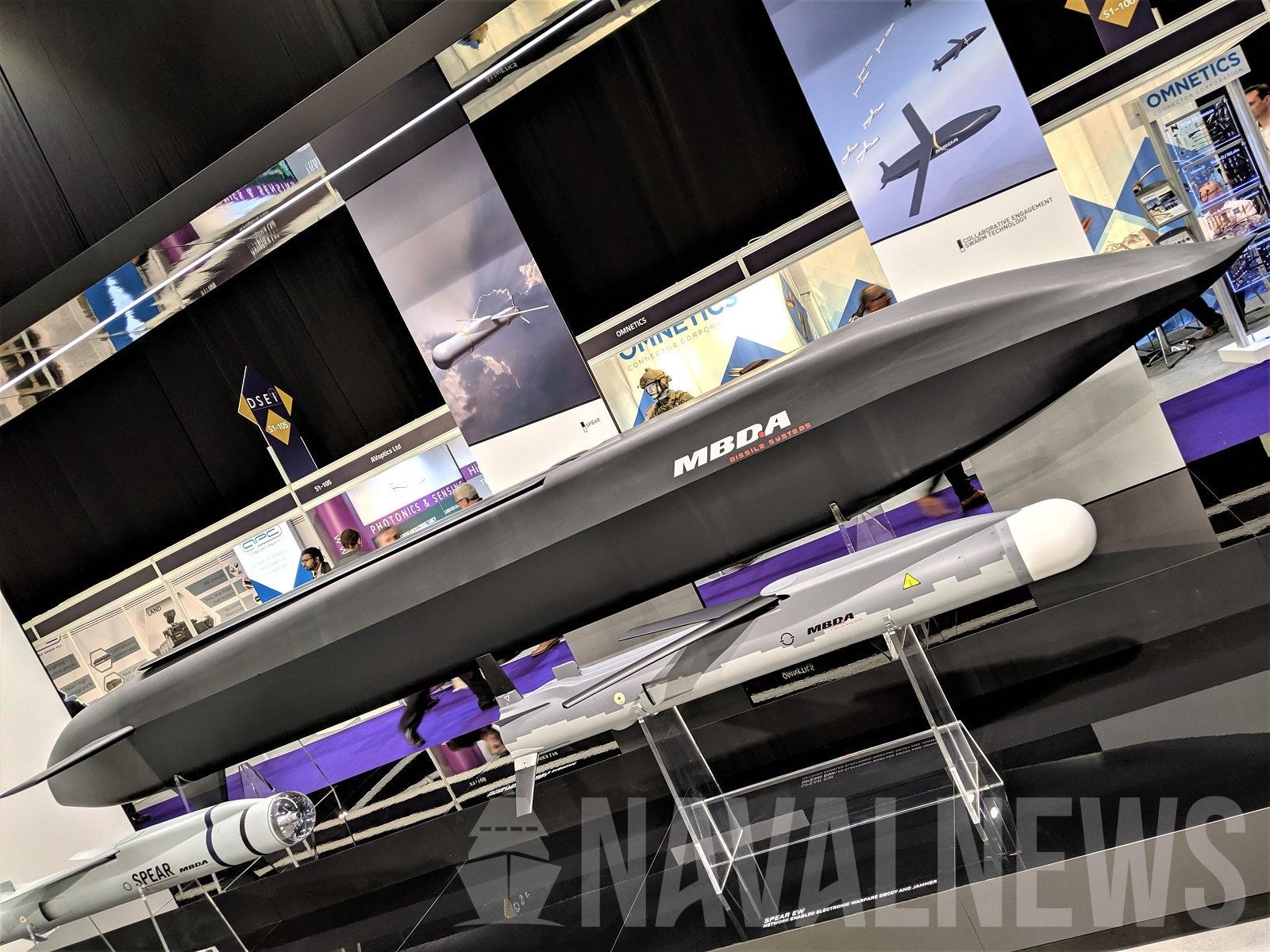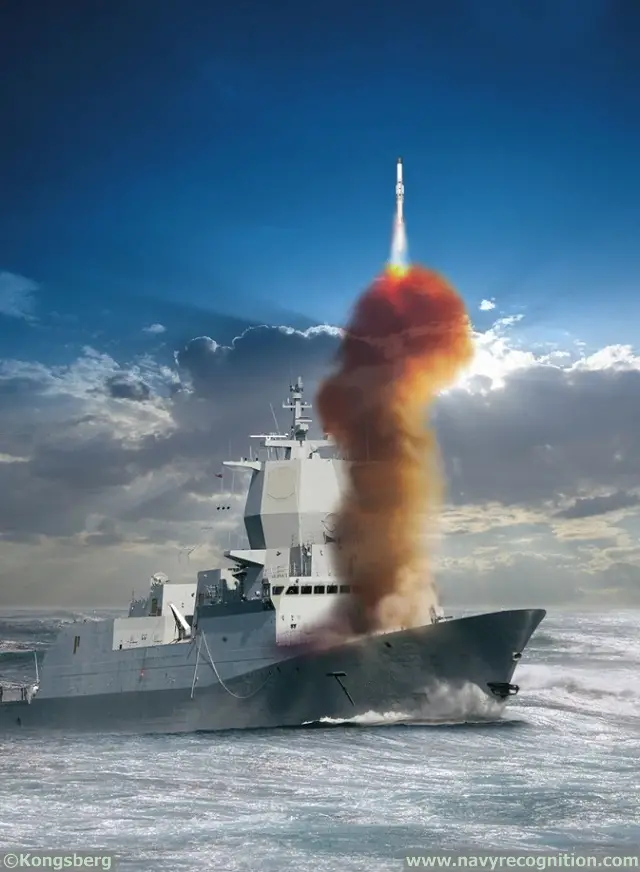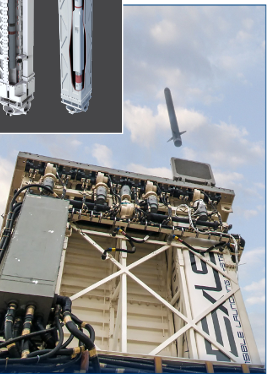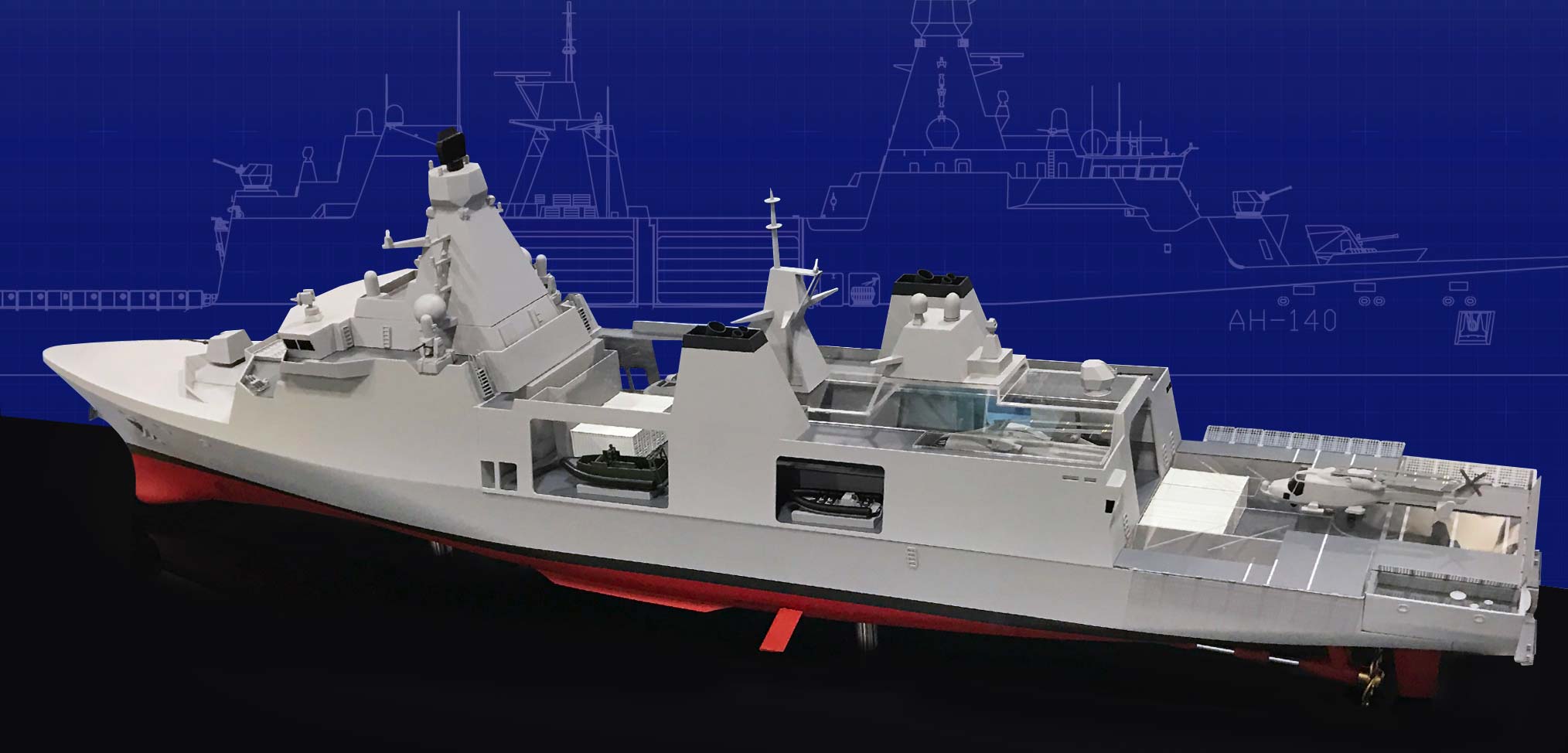just do that for naval applications from day one and reap the flexibility of hosting a plethora of other US-origin weapons (the catalogue is growing all the time),
Mk-41 has US SAM systems, VL-ASROC and TLAM....and errrr.....thats it....and has been that way with no increase in the missile varieties in 30 years.....lots of proposals/CGI etc. but no actual new developments....
Apart from varieties of SM-2 in the main the 'catalogue' is VERY slow moving...
Everyone in RN officialdom is harping on about FCASW, but the way that's tracking it'll end up just like Storm Shadow/SCALP: years late, high cost, low volumes (That's difficult to justify in the current fiscal environment - the arguments about maintaining a sovereign industrial and design capacity for such systems notwithstanding). Mk41 opens up the possibility of TLAM, VL-LRASM (when that comes online - being worked on in a US/AUST joint project right now), SM-3, SM-6 and VL-ASROC.
Storm Shadow was not late, its cost was not excessive for a very advanced weapon, and it was built in very large numbers for a cruise missile system, by any standards,....and it turns out that having a sovereign capability that we can supply to others without reference to other nations does have value after all....ITAR matters...
TLAM? - One lesson we've learned in the last 16 months.....is that non-stealthy cruise missiles get shot down....they're not credible now
VL-LRASM? - If it comes at all....it will be 10+ years older than FCASW, no UK industrial involvement, huge cost
SM-3/SM-6? - No UK involvement, Treasury won't fund, we have Aster 30, 1 NT on the way and Mk.41 will be on the wrong vessels anyway...
VL-ASROC? - An horrifically dated system now, let alone in 10 years when it would arrive (let alone a 20-30 year service life), with bang average torpedo payload, and quite frankly pathetic range. We'd be better off resurrecting Ikara...
To my mind, why bother with a bespoke launching system
Why pay millions for Mk.41, only to have to insert another, costly, system inside it (ExLS) so that it will work with your missiles.....When those very missiles 'launch system' is their own transport canister.....
the arguments about maintaining a sovereign industrial and design capacity for such systems notwithstanding
I mean....they are fairly colossal reasons for doing it in the first place.....why would you discount those? Particularly right at the point where Sovereign Capability and Capacity are one of the main lessons learned from Ukraine....
Mk41 is a flexible, high volume, multi-user system so ongoing costs would be relatively reduced compared to CAMM-only mushroom farms (or aster-only hot-launch tubes - as an aside) which are (i believe?) comparatively low-uptake systems (notwithstanding gestating or new integrations of CAMM New Zealand and Canada, as well as proposed Brazilian, Polish and Indonesian future installations etc - which incidentally may well use ExLS rather than soft-launch tubes anyway (not 100% sure on this I must admit)).
Mk.41 is high volume, multi user. But compared to a CAMM installation in terms of cost?? Apples to Gold Plated Oranges....
All ExLS is is basically a liner....the same CAMM soft launch container is slid into it....same as the 'Mushroom Farm' or any other CAMM system...the missile is soft launched from its transport case regardless of which VLS/test stand or truck launcher it is attached to.
The only advantage to ExLS is that the Saudi's and Canadian's might pay for the full integration, test campaign and ship testing, none of which have taken place yet....
Sylver is also afloat with 11 Navies....and allegedly significantly lighter than Mk41 (although it has its own peculiarities with its installation, some of which are better than Mk.41, some inferior).
Besides if future proofing is the real goal....surely Mk.57 VLS makes more sense than Mk.41.......






